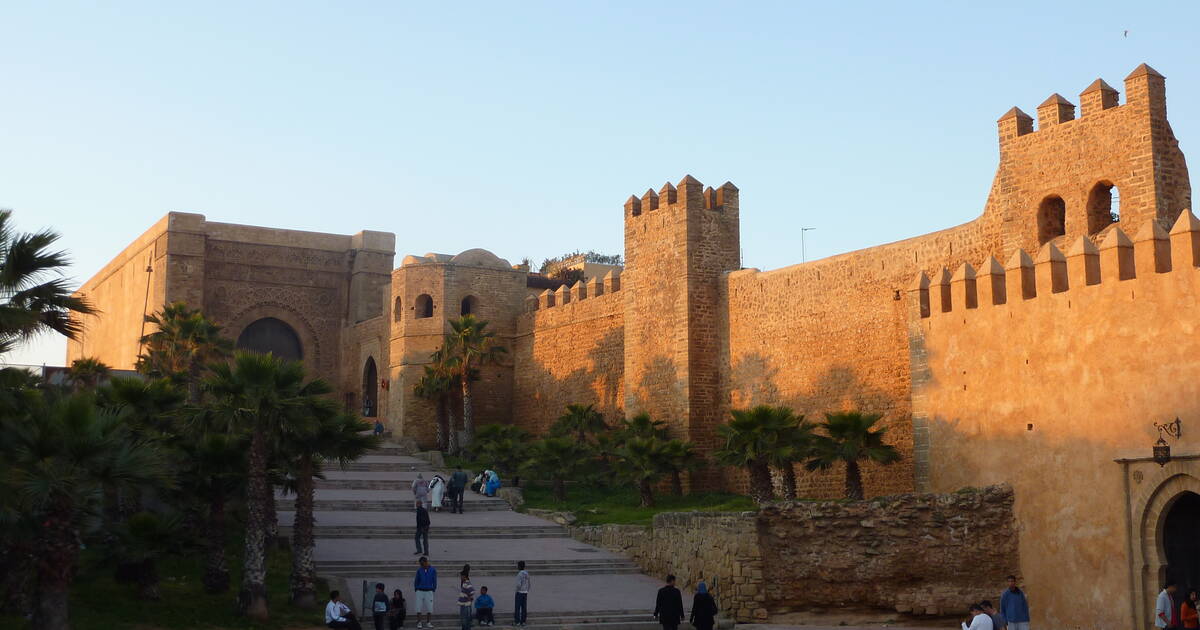Morocco’s capital, Rabat, is among 124 World Heritage sites scheduled for evaluation on conservation efforts during the annual UNESCO committee meeting in India.
Dating back to 1184, Rabat boasts architectural treasures that chronicle various epochs of Moroccan history, including mosques dating nearly a millennium alongside urban areas developed during the early 1900s French Protectorate.
Mohammed El Krombi, curator of historical monuments at Rabat’s Ministry of Culture, emphasized Morocco’s ancient lineage and strategic significance, housing civilizations from prehistoric eras to present day.
“World Heritage status is both an honor and a responsibility,” El Krombi said. “It necessitates diligent preservation efforts, supported by UNESCO, the Ministry of Culture, and local partners.”
Tourism plays a crucial role in promoting Rabat’s historical significance, with restoration initiatives employing traditional methods to maintain original architectural integrity.
The Kasbah of the Udayas, characterized by its narrow alleys, towering blue and white walls, and intricate doorways, remains a popular destination for visitors, reflecting the city’s 12th-century origins.
Historian and archaeologist Mohamed Es-semmar highlighted the Kasbah’s historical prominence as the core of Rabat’s Almohad era, spanning both banks of the city.
“The Kasbah of the Udayas serves as a gateway to discovering Rabat and Moroccan history for tourists, including children,” said Chakir Cheraibi, a Moroccan tourist from Canada.
Initially a modest military outpost defending the area nearly a millennium ago, the Kasbah has evolved into a residential enclave housing landmarks such as the Andalusian Gardens, Bab Udaya gate, and Old Mosque.
The UNESCO World Heritage Committee convenes its 46th session from July 21 to 31 in New Delhi.

